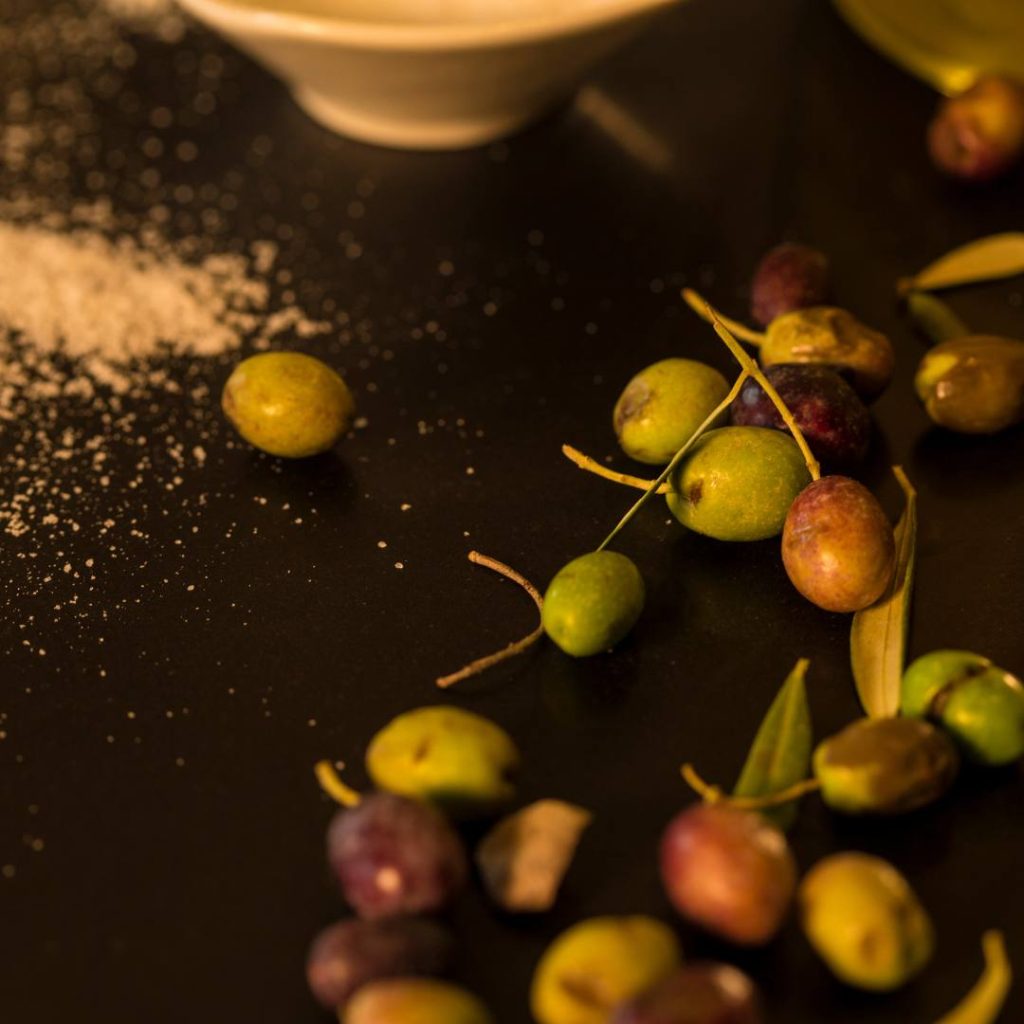The Olive Fly
The Bactrocera oleae Gmelin, also called olive fly, is the main insect parasite of the olive tree spread in all areas of Italy with higher concentrations in those coastal.
The risk of infestations increases when temperatures tend to be lower than summer averages and higher than winter averages. In contrast, cold and harsh winters limit the survival of wintering forms (adults and chrysalis) as well as high summer temperatures limit the survival of juvenile forms (eggs and newborn larvae).
The fight against olive fly differs according to the type of cultivation:
The risk of infestations increases when temperatures tend to be lower than summer averages and higher than winter averages. In contrast, cold and harsh winters limit the survival of wintering forms (adults and chrysalis) as well as high summer temperatures limit the survival of juvenile forms (eggs and newborn larvae).
The fight against olive fly differs according to the type of cultivation:
- Biological: a preventive control is carried out with sexual or food attractants poisoned with toxins or bio pesticides, in this way the adult flies are eliminated before the laying of eggs.
- Conventional: the interventions are curative, with insecticides that penetrate and circulate inside the fruit, able to hit any form of fly capable of damaging the olive tree, from the egg to the larvae of any age.
